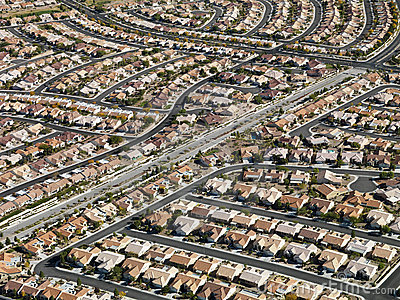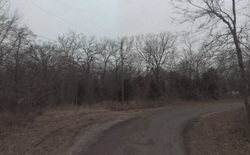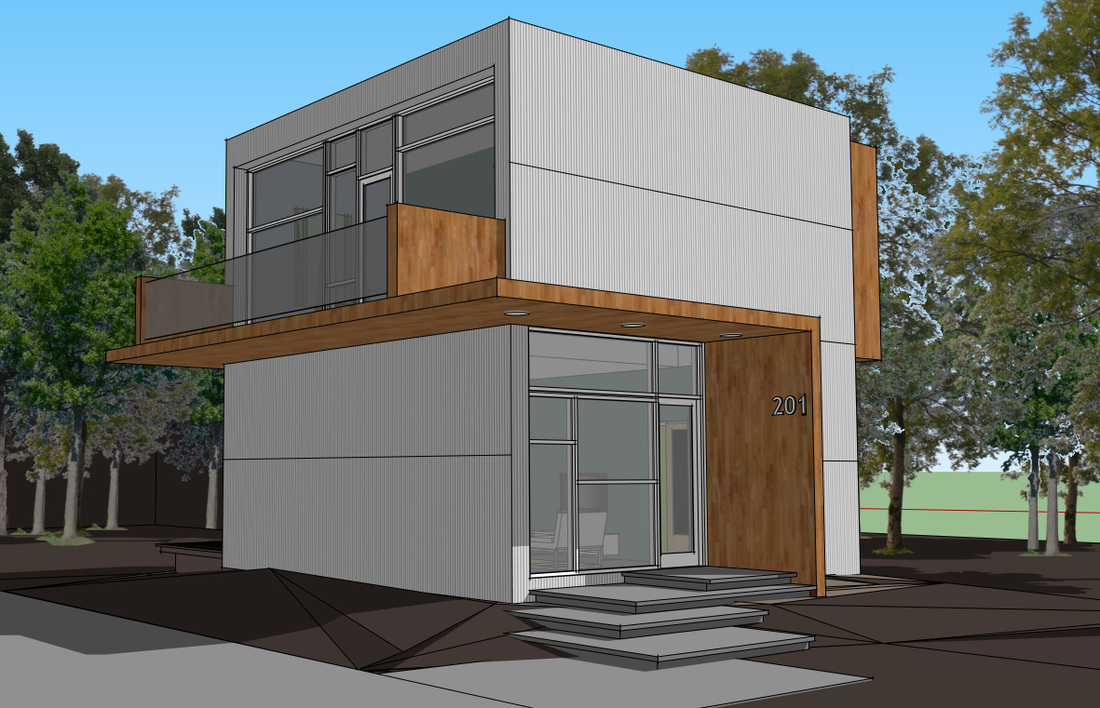|
Despite an architect's best intentions, it is the Owner's agenda which will shape the design in ways which no architect may predict. Additionally, CONTEXT should never be overlooked. The queues one receives from the site on which the building sits should inform everything from how you site the building for sun exposure to how you arrange and layout the building components in order to gain the desired views to enhance the occupants experience throughout the life of the building. The context established by the site of the building will influence materials, aesthetics, size, building systems as well as the labor by which it is built. Design is nothing without its context by which it is shaped.
This list could go on and on, but what I want to focus on is the neighborhood context. More specifically: that neighborhood in Gun Barrel City, Texas mentioned the other day in a former post. By no means is the sleepy neighborhood a product of urban development: no executives were involved in shaping the infrastructure into a web of streets, inlets, and cul de sacs. By the looks of it, it has grown organically only when necessary. The five lots my husband bought at action years ago have never been developed--to build on them, the owner must pay to clear the overgrown brush and bring water and sanitary sewer to the site. The neighboring homes range from traditional 1950 ranch style homes, to mobile homes, to metal shacks.
In the Gun Barrel City neighborhood, it's obvious that a home such as the 'Box with a Ribbon' may not immediately fit in. It would not have neighbors which share its design aesthetic therefore preventing the desired cohesiveness. It does have one thing working for it: its size. The home is the same approximate size and though rare, there are other two-story homes near by. I've always thought this was important. It make me giggle when watching the ABC show Extreme Makeover: Home Edition. At the end of a herculean effort, home owners are left with a home which over powers their neighborhood and seems to thumb its nose to the other homes. But must a home sit amongst others with similar design quality in order to exist peacefully? I think this deserves consideration. No one wants the McMansion built next door in their craftsman or Tudor style neighborhood. And I would imagine one would be uncomfortable building an ultra-modern home in a neighborhood of mobile homes. But surely there is common ground. I think as long as the size is comparable and setbacks are treated equally, one can manipulate materials in order to foster cohesiveness.
It is the Owner's input which will make the design. Otherwise, wouldn't the house simply be a builder's stock plan where you may be able to choose the color of brick or the type of predetermined 'upgrades' you are willing to pay for? I dare to say its the architect which brings your house a unique quality which designed within the context of its settings and the context defined by its owner's personality.
Comments are closed.
|
Archives
March 2024
Categories
All
|





 RSS Feed
RSS Feed
